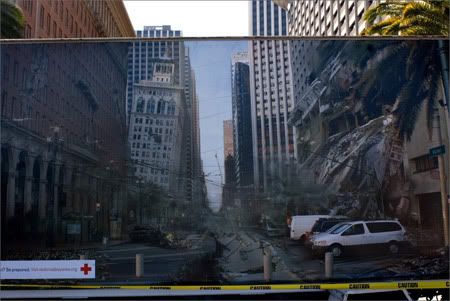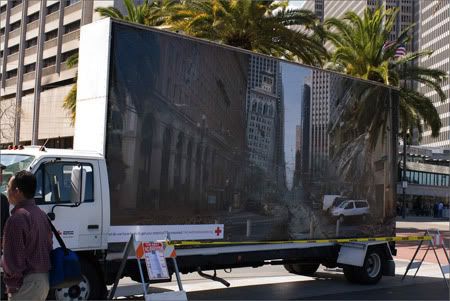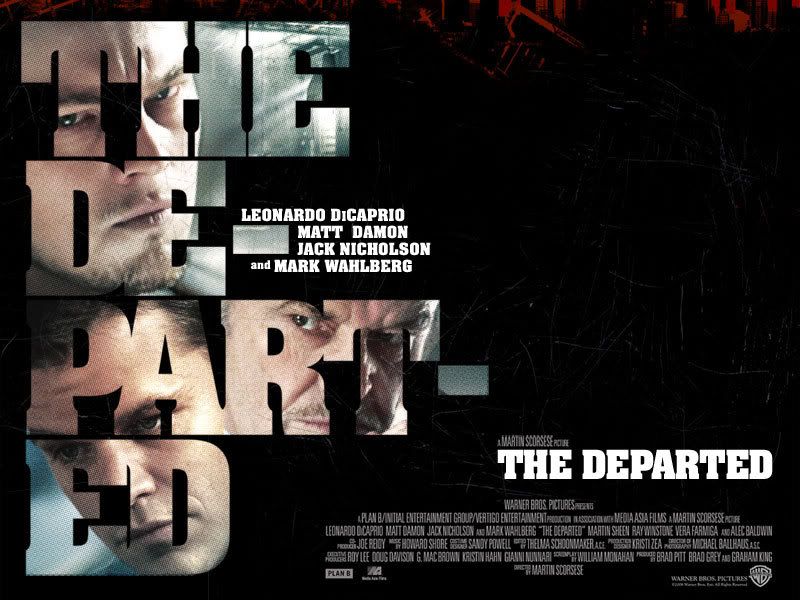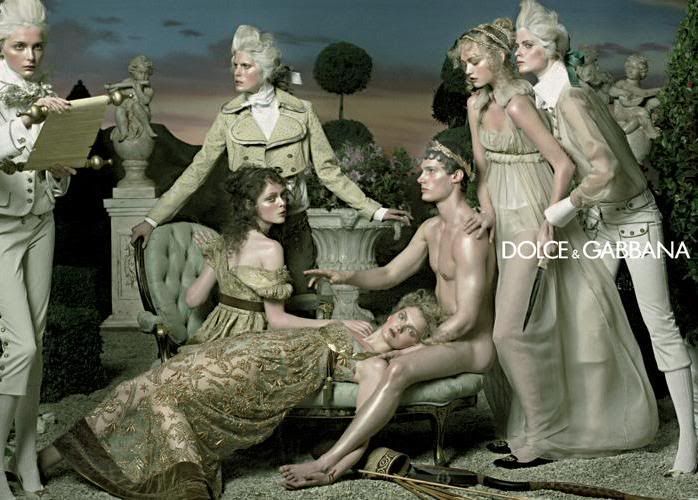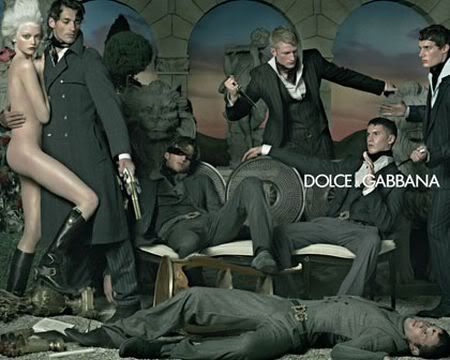
According to
a recent story from Associate Press, this year, all those cookies by Girl Scout will come out nearly free of harmful trans fats. About half of all Girl Scout troops are offering a sugar-free cookie called the Little Brownie. A cookie with reduced saturated fat, the Cartwheel, was also introduced last year.
Girl Scouts of the USA Vice President Denise J. Pessich said the recipe changes have given troop leaders an opportunity to talk more about the importance of eating right.
As noted by the report, the scouts are following other manufacturers who rid their products of trans fats after the Food and Drug Administration began requiring food labels to carry information on the substance last year. Scientific studies have linked trans fats to heart disease. The first “zero trans” Girl Scout cookies made their debut in the fall of 2005, including a reformulated version of the top-selling Thin Mint. The remaining varieties had most trans fats eliminated by last October.
New York became the first city to ban trans fats at restaurants. Restaurants in the city will be required to eliminate the artificial trans fats from all of their foods by July 2008.
Yes, people today are becoming more and more conscious about what they eat everyday. They realize that keeping a healthy lifestyle is the strongest weapon to fight off various diseases. Eating styles should be the first breaking point.
Why should we ban trans fats? Let’s look at the
trans fats 101 prepared by the Medical Center at the university of Maryland.Trans Fats 101 The U.S. Food and Drug Administration shed light on a potentially serious health threat recently when it announced that products containing trans fatty acids require stringent nutritional labeling starting in 2006.
What are Trans Fatty Acids?They are man-made or processed fats, which are made from a liquid oil. When you add hydrogen to liquid vegetable oil and then add pressure, the result is a stiffer fat, like the fat found in a can of Crisco. Trans fats are also called hydrogenated fats.
What Harm do They do to the Body?The stiffer and harder fats are, the more they clog up your arteries. Artificial trans fats do the same thing in our bodies that bacon grease does to kitchen sinks. Over time, they can "clog the pipes" that feed the heart and brain, which can lead to heart attack or stroke risk.
According to the comprehensive Nurses' Health Study -- the largest investigation of women and chronic disease -- trans fats double the risk of heart disease in women.
"Numerous studies have found that trans fats raise our risk of heart disease," said Mary Beth Sodus, a registered dietitian at the University of Maryland Medical Center. "They can also contribute to an increase in total cholesterol levels and a drop in the healthy HDL cholesterol. These man-made fats are much worse for you than any other natural fat, even the saturated fats found in butter and beef."
Why Have Trans Fatty Acids been Put in So Many Food Products?
No human body has any need for these man-made fats. Food manufacturers started putting them in products because they allow for a longer shelf life. Crackers, for example, can stay on the shelf and stay crispy for years in part because of the hydrogenated fats in them.
Are Trans Fats Bad for Kids?Trans fats increase the risk for heart disease. Therefore, children who start at age 3 or 4 eating a steady diet of fast food, pop tarts, commercially prepared fish sticks, stick margarine, cake, candy, cookies and microwave popcorn can be expected to get heart disease earlier than kids who are eating foods without trans fats.
While a person may not get heart disease until they are in their 40s, some of our research here at the University of Maryland has shown that kids as young as 8, 9 and 10 already have the high cholesterol and blood fats that clog arteries. By starting healthy eating habits early, parents can help their children avoid heart attacks and stroke.
